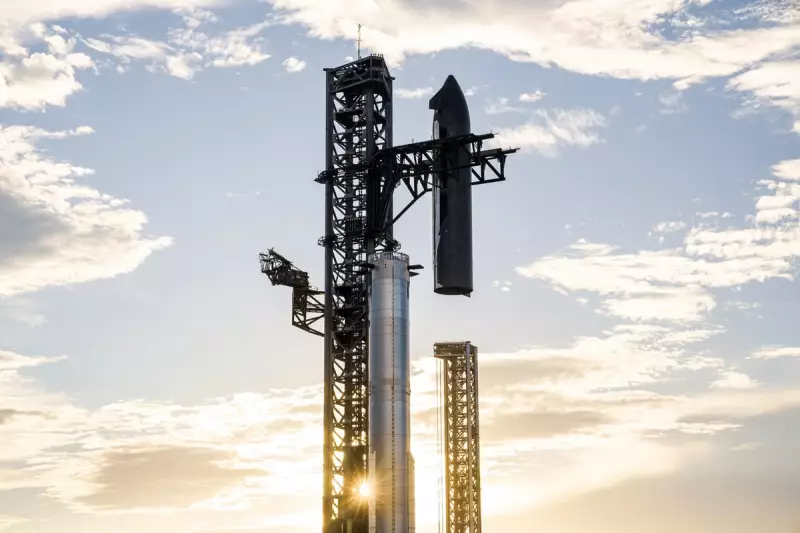
In a dramatic leap forward for private space exploration, SpaceX's colossal Starship rocket has completed its most successful test flight to date, achieving critical milestones before meeting a fiery conclusion during re-entry.
The world's most powerful launch vehicle roared to life at SpaceX's Starbase facility in Boca Chica, Texas, piercing the morning sky with its 33 Raptor engines generating unprecedented thrust. This third integrated flight test marked a watershed moment for Elon Musk's interplanetary ambitions.
Breakthrough Performance
Unlike previous attempts that ended prematurely, this mission saw Starship reach orbital velocity for the first time, executing a series of complex manoeuvres that demonstrated significant progress toward reusable space transportation.
Key achievements included:
- Successful ascent and hot-staging separation from the Super Heavy booster
- Accomplishment of propellant transfer demonstration
- First-ever payload door operation in space
- Re-entry into Earth's atmosphere at orbital velocities
The Final Moments
The mission culminated approximately 49 minutes after launch when mission control lost contact with the vehicle during its intense re-entry over the Indian Ocean. Telemetry data indicates the spacecraft was travelling at nearly 27,000 kilometres per hour when communications ceased, subjected to extreme temperatures that ultimately proved too much for its heat shielding.
SpaceX officials confirmed the vehicle broke apart during descent, but emphasised the invaluable data collected would accelerate development toward fully reusable spacecraft.
Road to Mars and Beyond
This test represents a crucial step in SpaceX's ultimate goal of establishing human presence on Mars. The Starship system, designed to be fully reusable, aims to dramatically reduce the cost of space travel and enable the colonisation of other planets.
NASA is closely monitoring progress, as a modified version of Starship has been selected to land astronauts on the Moon as part of the Artemis programme. The agency's administrator Bill Nelson congratulated SpaceX on social media, highlighting the growing partnership between governmental and commercial space efforts.
With each test building upon previous lessons, SpaceX continues to push the boundaries of space technology, bringing humanity closer to becoming a multi-planetary species. The company is already preparing multiple spacecraft for subsequent flights, with the next launch potentially mere weeks away.





